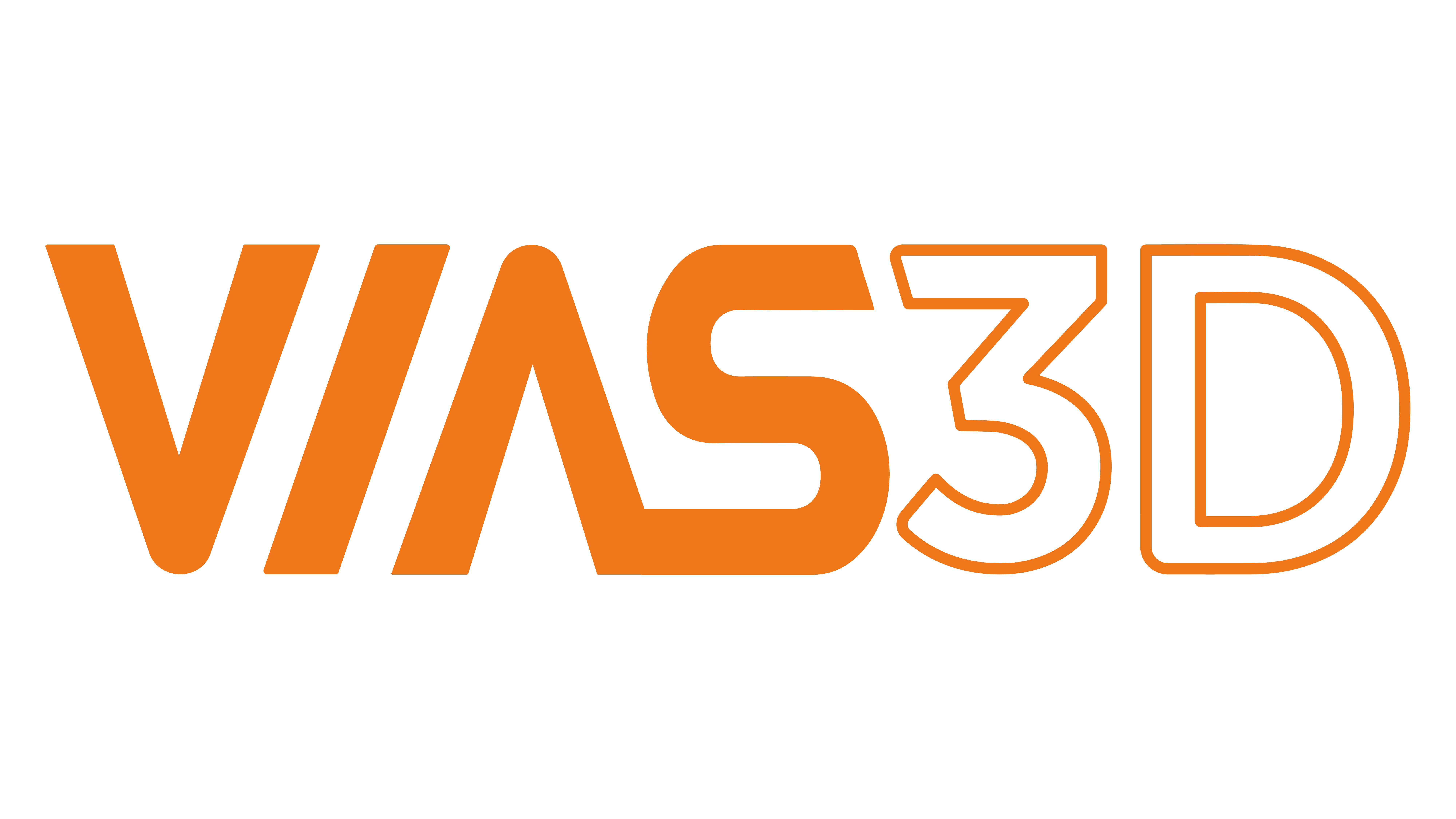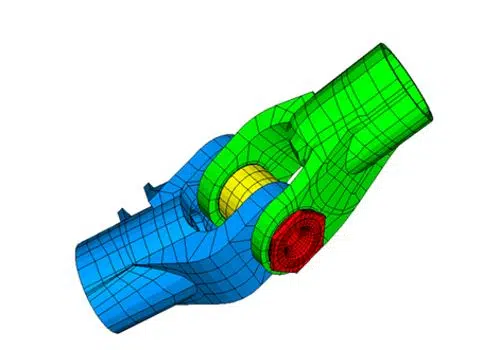Depending on the geometry and material properties of each deformable body, contact can be an extremely discontinuous event. In general, contacting pairs very often undergo non-linear plastic and permanent deformations (like in the metal forming), and thus contact problems are mostly solved numerically. Proper modeling of contact problems requires significant knowledge/experience from the modeler. Fortunately, Abaqus comes with a selection of the state-of-the-art computational algorithms to deal with contact problems that require minimum user input.
Abaqus/CAE provides two main algorithms for modeling contact: General Contact and Contact Pairs.
General Contact allows you to define contact between many or all regions of a model with a single interaction. The surfaces that can interact with one another comprise the contact domain and can span many disconnected regions of a model. Although General Contact assumes anything can come into contact with anything else in the model, contact pairs can be added or ignored to help reduce computation time of the model. The primary use for General Contact is for the large models, with multiple components and complex topologies.
Contact Pairs describe contact between two surfaces. To define a contact pair, you must indicate which pairs of surfaces may interact with one another or which surfaces may interact with themselves. Contact surfaces should extend far enough to include all regions that may come into contact during an analysis; however, including additional surface that never experience contact may result in significant extra computational cost. The primary use for Contact Pairs is for the relatively small models with fewer possible interactions.

About VIAS3D
VIAS3D engineering and simulation team combines decades of analytical and design experience. We have successfully helped to design various products from many industries for strength, stability, rigidity, and fatigue endurance. Our design and analysis capabilities are accomplished through advanced engineering modeling techniques such as Finite Element Analysis (FEA) using Abaqus, Computational Fluid Dynamics (CFD), and other tools.
Using these advanced tools, we can capture complex design features and nonlinearities arising from materials, geometry, and surface interactions to simulate designs and predict their response before they are brought in production.
To learn more about our technical capabilities in transportation and mobility industry, please visit our website https://vias3d.com/services/industry/transportation-mobility/
References:
[1] Abaqus Analysis User’s Guide (6.14)




